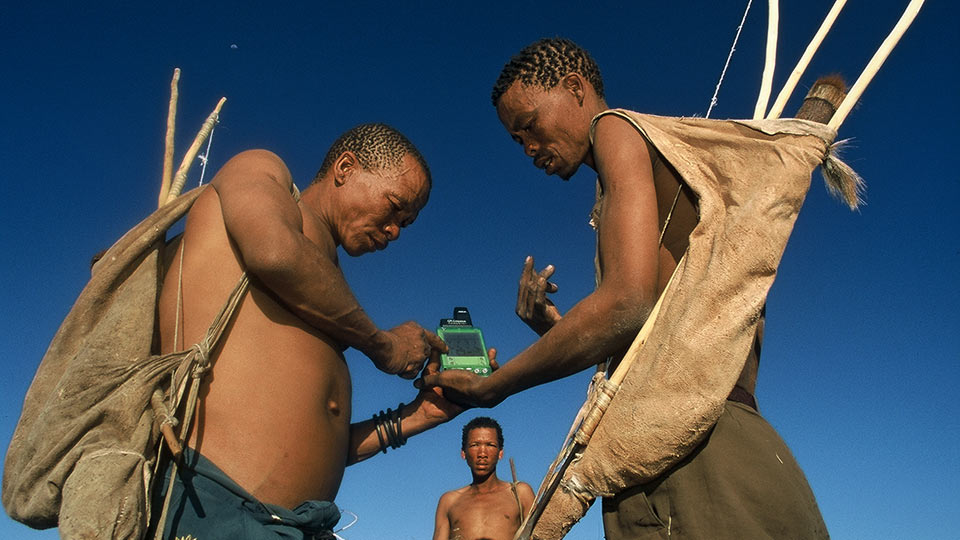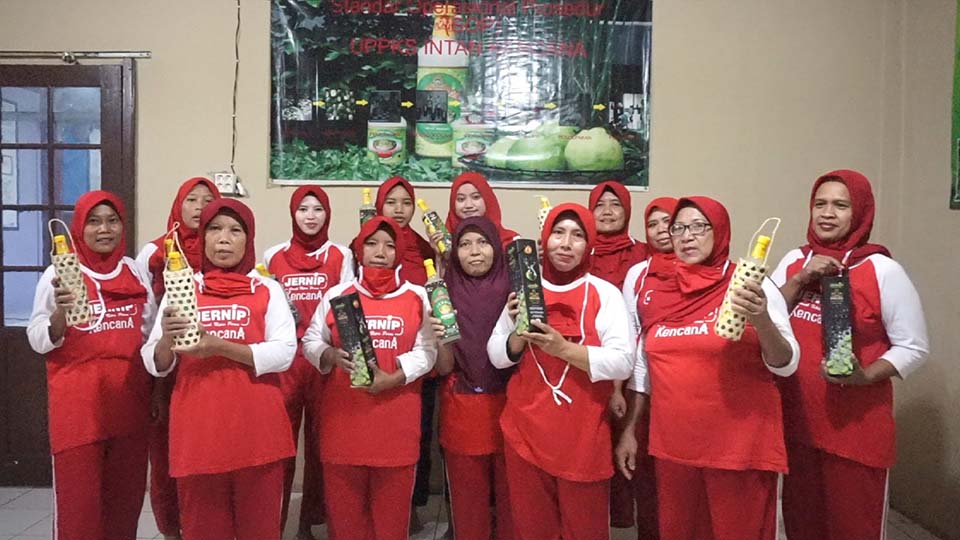Shoot for the stars: Japanese company ALE develops world’s first human-made shooting star
In the 65 years since Sputnik 1 became the first artificial satellite launched into Earth’s orbit, the fields of space exploration and commercialization have – quite literally – been reaching ever greater heights. From watching satellite television to using the satellite navigation in our cars, many of us now rely on the “space economy” without even realizing. Recent years have even seen emergence of space tourism, as companies like Blue Origin and Virgin Galactic compete to send private individuals to the edge of outer space.
As more and more commercial entities join this new space race, one Japanese startup is distinguishing itself by developing truly out-of-this-world technology: the world’s first human-made shooting stars.
Founding and funding ALE
ALE Co., Ltd. was founded in 2011 by Lena Okajima, a businesswoman with a PhD in astronomy from the University of Tokyo. Lena has always been fascinated by the beauty and scientific potential of space. However, while studying for her PhD, she learned that the very few means to gather funds for science in Japan meant there were few research opportunities. She decided to establish a commercial startup in the hopes of boosting the scientific exploration.
Over the past decade, ALE has expanded to the point where it is now developing three interrelated projects in human-made shooting stars, atmospheric data collection and debris mitigation. All three projects support the company’s mission to acquire scientific knowledge while making space more accessible – in the company’s words, to “make space closer.” After successfully securing funding in 2016, 2017, 2019 and 2021 from angel investors and venture funds, ALE is hoping to launch its in-development satellite 2024 and subsequently begin the commercialization phase of the project. At the heart of its success to date has been a robust intellectual property (IP) portfolio and a range of IP strategies that take into account its unconventional operating environment of outer space.
SKY CANVAS: human-made shooting star
ALE’s flagship project is the creation of human-made shooting stars. The project will send small satellites into orbit about 400 kilometers above the Earth. The satellites will then release pea-sized particles which, as they fall back to Earth, will burn up in our planet’s atmosphere and emit light – exactly how natural meteors become shooting stars. ALE’s human-made shooting stars are expected to be bright enough to be visible across a 200-kilometer-wide area, including in cities. Compared to natural meteors, ALE’s shooting stars travel more slowly and glow for longer.

Satellite Control System for safe release of shooting stars
ALE has already successfully sent two satellites into space, and is currently developing a third satellite. The satellites, built in collaboration with Tohoku University, were subjected to multiple tests and reviews to overcome technical difficulties and safety concerns. This led to several improvements to the satellites’ array of sensors and control system, including the introduction of a fail-safe system that prevents the release of particles if another spacecraft is in the particle’s designated path. This, coupled with other aspects of the satellite control system, makes it possible to release multiple shooting stars over intended locations while preventing collisions with other satellites and the creation of space debris.
Eco-friendly human-made shooting stars tested in Plasma Wind Tunnel
Environmental and safety concerns also influenced the design and construction of the human-made shooting stars themselves, which are made of materials that are harmless to the environment. They are also manufactured in such a way that they will burn up completely in the atmosphere, ensuring that no fragments remain to strike the Earth. To test the performance of the shooting stars, ALE designed and built a plasma wind tunnel, which simulates the conditions of a meteor flying through the Earth’s atmosphere. This allows the company to test the different color-producing components of its shooting stars. The results of the human-made shooting stars experiment may also have broader industry and scientific uses, such as testing spacecraft materials and furthering meteor science.
Intellectual Property key to protecting ALE’s space technologies
ALE has protected these innovations with a combination of basic patents, business method patents, joint patents and trade secrets. Together with the registered SKY CANVAS brand, ALE is distinguishing itself from its space business competitors not only in its unique aims but also in its strategies to protect its exceptionally rare technologies.


Collecting atmospheric data for climate change predictions
As well as being a commercial startup, the SKY CANVAS project has also the potential to contribute to the United Nations’ Sustainable Development Goal 13, which demands urgent action to combat climate change and its impacts. By studying the emissions left by its human-made shooting stars, ALE hopes to improve the technology scientists use to observe and obtain data from the Earth’s atmosphere called mesosphere – something which has proved challenging in the past. The hope is that these technical advancements will improve the accuracy of weather forecasting and climate change science.
AETHER™ weather satellites for meteorology prediction
A desire to better understand our planet and its atmosphere has also led ALE to helm the AETHER™ project. This initiative brings together for the first time Japan’s leading organizations in radio astronomy, meteorology and etc. with the aim of building and launching commercial weather satellites. By combining national expertise, AETHER™ aims to improve weather data observation and interpretation to strengthen the ability to predict and prepare for destructive weather events – thereby reducing the human, financial and environmental tragedies and costs of such events.

Space debris mitigation
As more companies embark on space commercialization ventures, outer space is becoming increasingly crowded. With more than 3,000 low-orbit satellites now circling the Earth, the dangers of space debris have been widely recognized in recent years. It is estimated that over 128 million pieces of space debris are currently orbiting the planet. Each fragment poses a threat to operational satellites.
In the hope of finding a solution to this overcrowded low-Earth orbit, ALE partnered with the Japanese Aerospace Exploration Agency (JAXA) under the JAXA Space Innovation through Partnership and Co-creation program. Together they developed a unique technology termed an “ElectroDynamic Tether”. This harnesses a variety of natural and physical phenomena to force satellites to rapidly lower their altitude and enter the Earth’s atmosphere.
By applying this technology to artificial objects such as small satellites that are no longer operational, ALE hopes to use the ElectroDynamic Tether to remove unwanted satellites from orbit, reducing space debris and making the skies safer for scientific and commercial ventures. This is in-keeping with the G7 leaders’ 2021 commitment to the “safe and sustainable use of space to support humanity’s ambitions now and in the future.”



